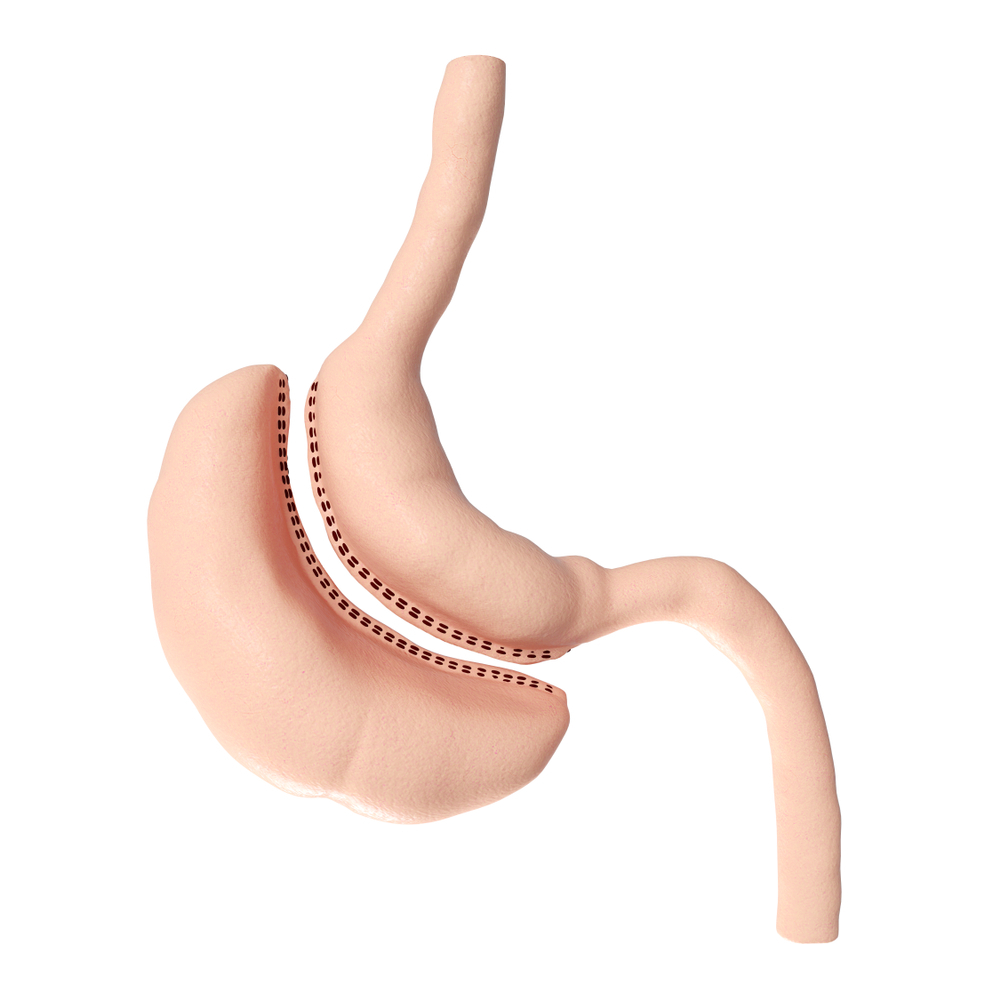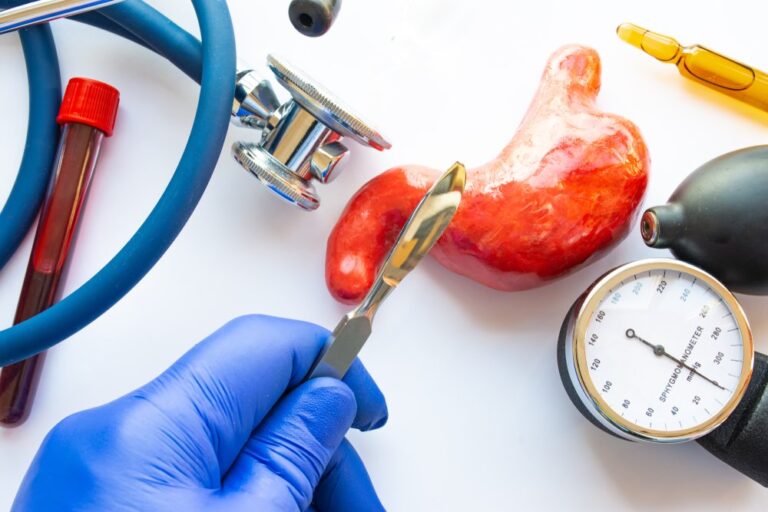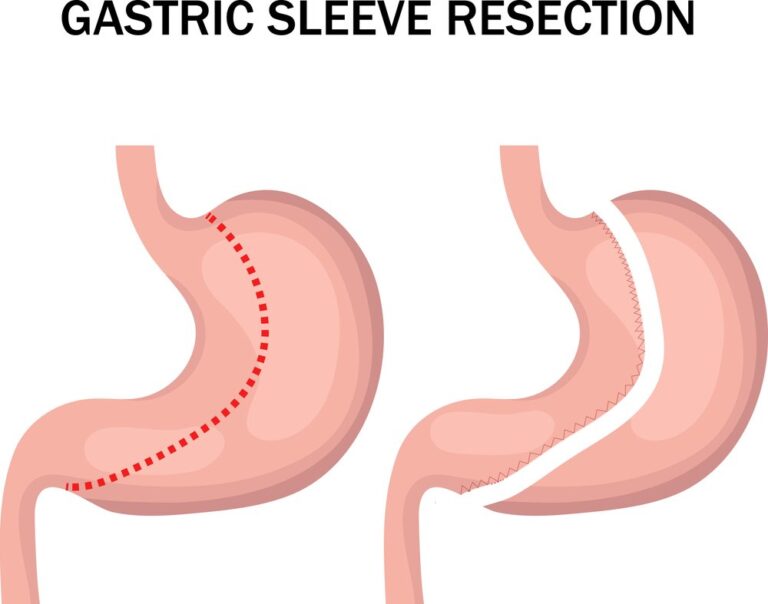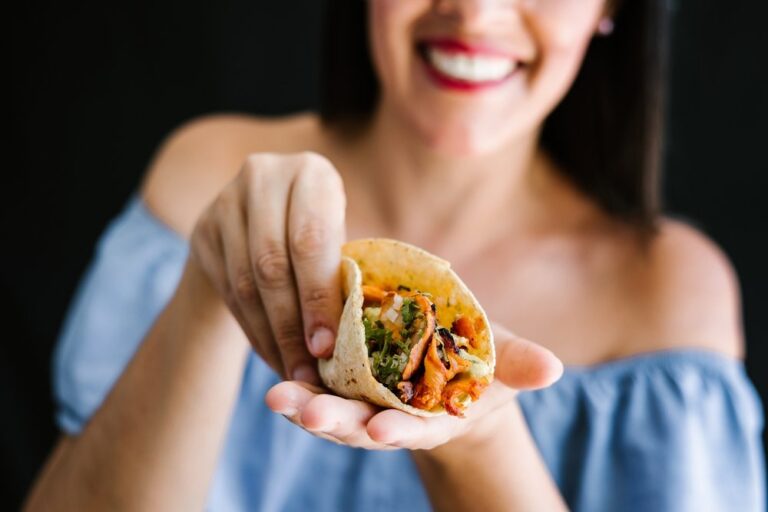The timing for when you can start eat shrimp after gastric sleeve surgery varies. Generally, it can be introduced during the soft food phase, which typically begins around four to six weeks after surgery. Consult with your healthcare team for personalized advice and follow the recommended guidelines for introducing shrimp and other foods into your post-surgery diet.
Get a $1000 Off on Gastric Sleeve in Miami
Considerations for Incorporating Shrimp into Your Post-Surgery Diet
After undergoing surgery, it is crucial to follow a proper diet to support the healing process and regain strength. A well-balanced diet rich in essential nutrients is essential for a smooth recovery. One food that can be considered for incorporation into your post-surgery diet is shrimp. In this article, we will explore the nutritional benefits of shrimp, its low-fat protein content, easy digestion and absorption, and how to incorporate it into a balanced diet after surgery.
- Nutritional Benefits of Shrimp: Shrimp is not only delicious but also packs a punch when it comes to nutritional value. It is an excellent source of high-quality protein, containing all the essential amino acids your body needs for tissue repair and growth. Additionally, shrimp is rich in omega-3 fatty acids, which have anti-inflammatory properties and promote heart health.
- Shrimp as a Low-Fat Protein Source:When considering protein sources for a post-surgery diet, it is important to choose lean options that are low in fat. Shrimp fits the bill perfectly, as it is incredibly low in fat while still providing a substantial amount of protein.
- Easy Digestion and Absorption: One of the key considerations for incorporating shrimp into a post-surgery diet is its easy digestibility. Shrimp has a tender texture, making it easier for the digestive system to break down and absorb its nutrients.
- Incorporating Shrimp into a Balanced Diet: To make the most of shrimp’s nutritional benefits, it’s important to prepare it in a healthy and flavorful way. Grilling, steaming, or sautéing shrimp with minimal oil and seasoning can help retain its natural flavors without adding unnecessary calories.
- Precautions and Considerations: While shrimp can be a valuable addition to a post-surgery diet, it is important to consider certain precautions. Some individuals may have allergies or sensitivities to seafood, including shrimp.
- Consulting with a Healthcare Professional: Before making any significant changes to your diet, especially during the recovery period after surgery, it is important to consult with your healthcare provider.

Recommended Preparation and Cooking Methods for Shrimp After Gastric Sleeve Surgery
After undergoing gastric sleeve surgery, it is essential to follow a specific diet plan to support your recovery and maintain a healthy weight. As you transition to solid foods, incorporating shrimp into your post-surgery diet can provide a tasty and protein-rich option. However, it’s important to choose the right preparation and cooking methods to ensure easy digestion and avoid discomfort.
| Cooking Method | Description |
|---|---|
| Grilled Shrimp | Marinate shrimp in olive oil, lemon juice, herbs, and spices. Grill for a few minutes on each side until opaque and slightly charred. Enjoy on its own or add to salads, tacos, or stir-fries. |
| Steamed Shrimp | Place shrimp in a steamer basket or colander over boiling water. Steam for 2-3 minutes until pink and opaque. Serve with vegetables or incorporate into pasta dishes or stir-fries. |
| Sautéed Shrimp | Sauté shrimp in olive oil or coconut oil for 2-3 minutes on each side until pink and fully cooked. Add herbs, garlic, or spices for flavor. Serve as a main course or with rice, quinoa, or vegetables. |
| Baked Shrimp | Drizzle shrimp with olive oil or melted butter. Season with herbs, spices, or lemon juice. Bake at 400°F (200°C) for 8-10 minutes until opaque and cooked through. Enjoy as an appetizer, in salads, or in wraps and sandwiches. |
| Poached Shrimp | Simmer shrimp in a flavorful liquid with herbs, spices, and lemon juice for 2-3 minutes until pink and fully cooked. Let cool before serving. Use in salads, sandwiches, or as a topping for soups. |
These cooking methods offer different flavors and textures while keeping the shrimp easily digestible after gastric sleeve surgery. Remember to choose high-quality shrimp, control portion sizes, and consult with your healthcare provider for personalized advice.
Proper Portion Sizes and Guidelines for Shrimp Consumption
When incorporating shrimp into your post-surgery diet, it’s important to pay attention to portion sizes and follow certain guidelines to ensure a balanced and healthy approach. Here are some recommendations for proper portion sizes and guidelines for shrimp consumption:
- Consult with your healthcare provider: Before making any significant changes to your diet, it’s crucial to consult with your healthcare provider or a registered dietitian. They can provide personalized recommendations based on your specific needs and dietary requirements.
- Start with small portions: Initially, start with small portions of shrimp to assess your tolerance and ensure easy digestion. Gradually increase the portion size as your body adjusts.
- Focus on protein content: Shrimp is primarily valued for its high protein content. Aim for a portion size that provides an adequate amount of protein without overloading your stomach. A general guideline is around 3-4 ounces (85-113 grams) of cooked shrimp per serving.
- Pair with balanced sides: When consuming shrimp, incorporate balanced sides such as vegetables, whole grains, or legumes to create a nutritious meal. This ensures a well-rounded diet with a variety of nutrients.
- Avoid excessive fat: Shrimp itself is low in fat, but be mindful of added fats during cooking. Choose cooking methods that require minimal oil or use healthier options like olive oil or coconut oil in moderation.
- Mindful seasoning: Use herbs, spices, and citrus flavors to enhance the taste of shrimp without relying on excessive salt or high-calorie sauces. This helps keep the overall meal healthy and gastric sleeve-friendly.
- Control sodium intake: Shrimp naturally contains sodium, so if you’re on a restricted sodium diet, be mindful of your overall sodium intake from other sources. Choose low-sodium options when available and limit processed or salty ingredients in recipes.
- Consider overall meal composition: Remember that shrimp is just one component of a balanced meal. Include other protein sources, fruits, vegetables, and whole grains to create a well-rounded and nutritious plate.
- Listen to your body: Pay attention to your body’s signals of satiety and fullness. Don’t overeat or force yourself to consume more than you’re comfortable with, as this can lead to discomfort or digestive issues.
- Quality matters: Choose high-quality, fresh shrimp to ensure optimal flavor and nutritional value. Avoid shrimp that has been heavily processed or contains additives.
Remember, these are general guidelines, and individual needs may vary. It’s important to listen to your body, follow your healthcare provider’s recommendations, and make adjustments based on your specific dietary goals and restrictions.
Initial Diet Phases and Restrictions
After gastric sleeve surgery, your diet will progress through several phases to ensure a smooth transition to solid foods and support your recovery. Each phase has specific guidelines and restrictions. Here is an overview of the initial diet phases and their restrictions:
Phase 1: Clear Liquid Diet
- Duration: Typically lasts for the first few days after surgery.
- Description: Consists of clear liquids such as water, broth, sugar-free gelatin, and herbal tea.
- Restrictions:
- No solid foods or beverages with high sugar content.
- Avoid carbonated drinks, caffeine, and alcohol.
- Consume only small amounts of liquid at a time.
Phase 2: Full Liquid Diet
- Duration: Usually begins around the second week after surgery and lasts for about one to two weeks.
- Description: Includes clear liquids from Phase 1, plus additional liquid sources of protein like protein shakes, low-fat milk, yogurt, and strained soups.
- Restrictions:
- Continue to avoid solid foods.
- Avoid high-sugar or high-fat liquid options.
- Strive for protein-rich liquids to promote healing and prevent muscle loss.
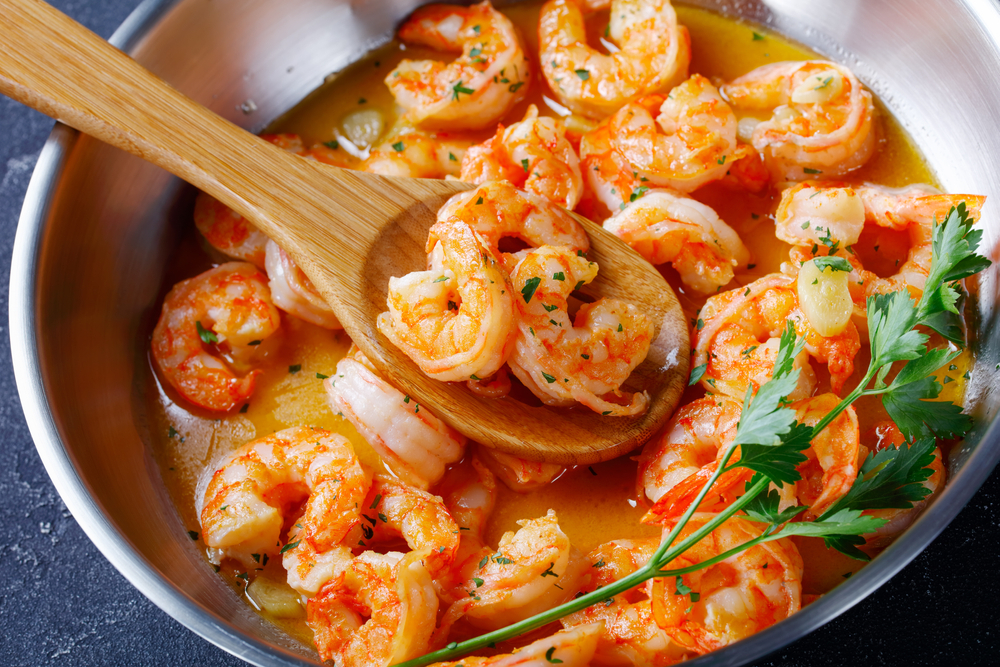
Phase 3: Soft Foods Diet
- Duration: Typically starts around the third or fourth week after surgery and lasts for several weeks.
- Description: Introduces soft, easily chewable foods into the diet, such as cooked vegetables, canned fruits, soft meats, eggs, and cottage cheese.
- Restrictions:
- Avoid tough, fibrous, or stringy foods.
- Minimize added fats, sugars, and processed foods.
- Chew food thoroughly and eat slowly to aid digestion.
Phase 4: Transition to Solid Foods
- Duration: Usually begins around the fifth or sixth week after surgery and continues indefinitely.
- Description: Gradually reintroduce solid foods into the diet, focusing on lean proteins, fruits, vegetables, whole grains, and healthy fats.
- Restrictions:
- Avoid tough, dry, or fatty foods that may be difficult to digest.
- Limit portion sizes to avoid overeating.
- Chew food thoroughly and eat slowly.
It’s important to note that the specific timeline and recommendations for each phase may vary depending on your surgeon’s guidance and individual progress. Always follow your healthcare provider’s instructions and attend regular follow-up appointments to ensure a safe and successful recovery.
Post-Surgery Dietary Guidelines for Gastric Sleeve Patients
After undergoing gastric sleeve surgery, following proper dietary guidelines is crucial for a successful recovery and long-term weight management. Here are some general dietary guidelines for gastric sleeve patients:
- Follow the recommended phases: Adhere to the specific dietary phases outlined by your healthcare provider. Start with clear liquids, progress to full liquids, then soft foods, and finally transition to solid foods as advised.
- Consume small, frequent meals: Eat small meals throughout the day to prevent overeating and promote better digestion. Aim for three to four balanced meals or several small snacks.
- Chew thoroughly and eat slowly: Take your time when eating and chew your food thoroughly to aid digestion and prevent discomfort. Eating too quickly can lead to discomfort, nausea, or vomiting.
- Focus on protein: Prioritize consuming lean protein sources such as chicken, fish, lean meat, eggs, tofu, or low-fat dairy products. Protein helps promote healing, preserve muscle mass, and provide satiety.
- Include a variety of fruits and vegetables: Incorporate a range of colorful fruits and vegetables into your diet to ensure a good intake of vitamins, minerals, and fiber. Aim for at least five servings per day.
- Choose whole grains and high-fiber foods: Opt for whole grain products like whole wheat bread, brown rice, and whole grain pasta. Include high-fiber foods such as legumes, lentils, and oats to promote regular bowel movements.
- Limit added sugars and processed foods: Minimize your intake of sugary beverages, sweets, desserts, and processed snacks. These foods provide little nutritional value and can hinder weight loss efforts.
- Stay hydrated: Drink plenty of fluids between meals to prevent dehydration. Aim for at least eight cups (64 ounces) of water daily, sipping slowly throughout the day.
- Avoid drinking with meals: To prevent overfilling your stomach, avoid drinking liquids during meals. Instead, hydrate before or after meals.
- Listen to your body: Pay attention to your body’s hunger and fullness cues. Stop eating when you feel comfortably satisfied, avoiding overeating.
- Take recommended supplements: Follow your healthcare provider’s advice regarding vitamin and mineral supplementation. Gastric sleeve surgery may affect nutrient absorption, so supplements can help prevent deficiencies.
- Exercise regularly: Engage in regular physical activity as recommended by your healthcare provider. Exercise promotes weight loss, boosts metabolism, and enhances overall well-being.
Remember, these guidelines provide a general overview. It’s important to consult with your healthcare provider or a registered dietitian for personalized advice tailored to your specific needs and progress. They can help create an individualized meal plan and address any specific dietary considerations or concerns you may have.

